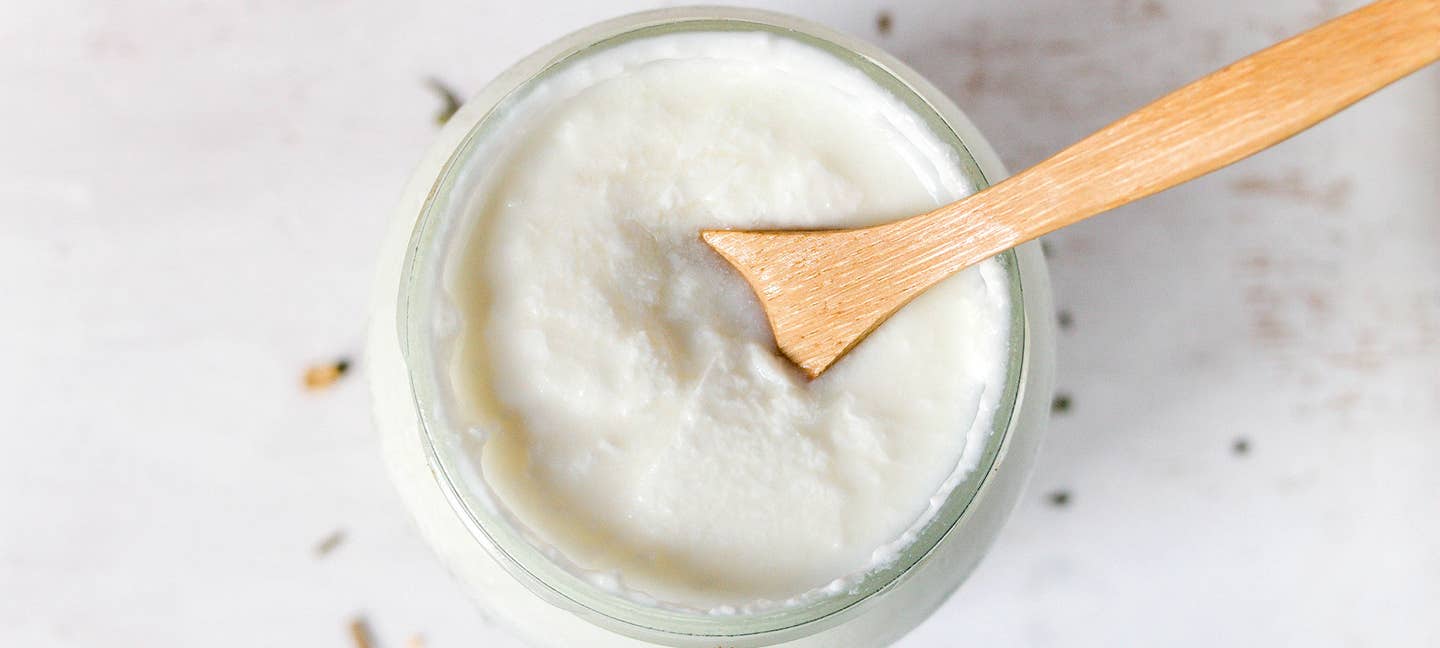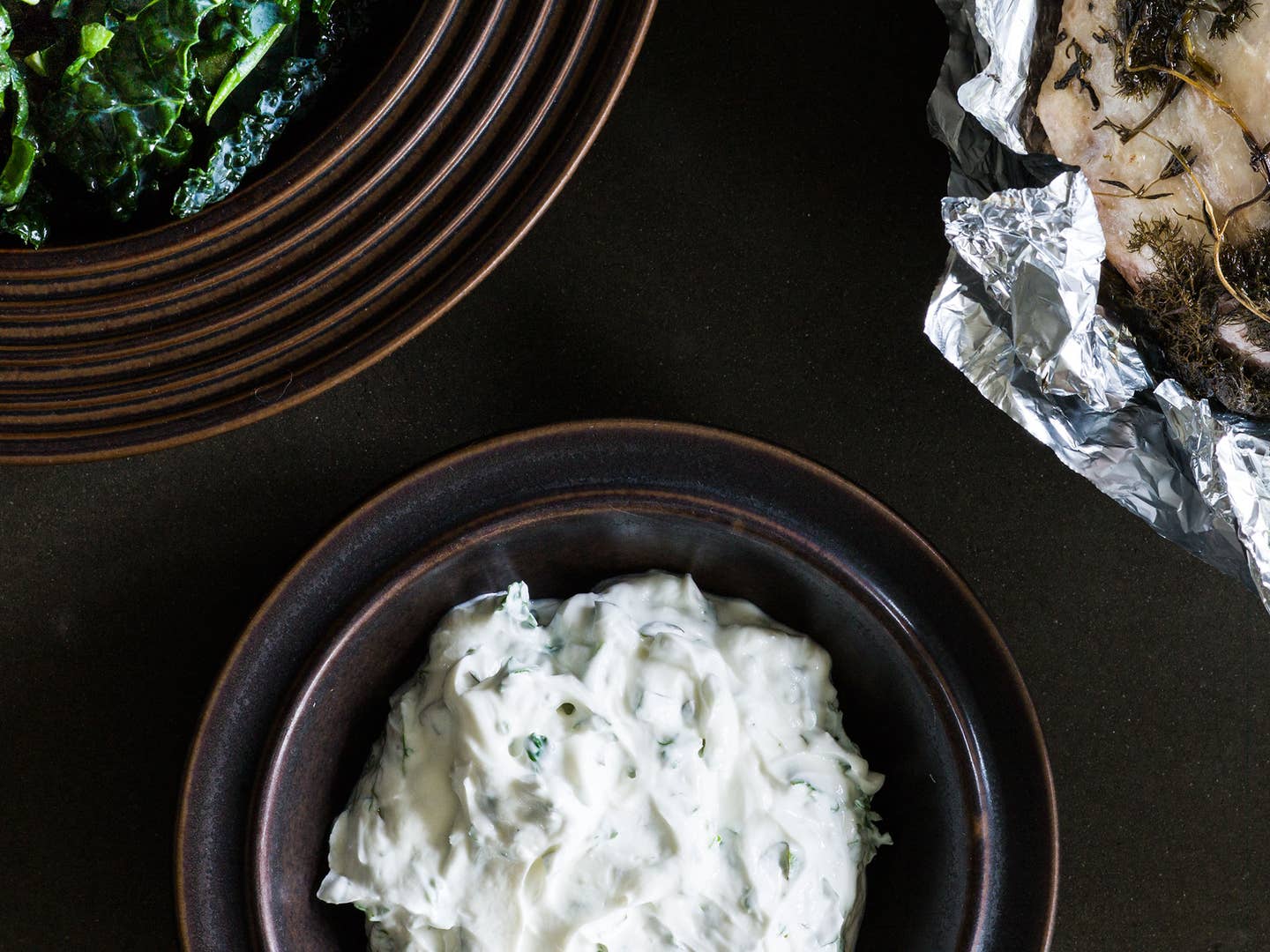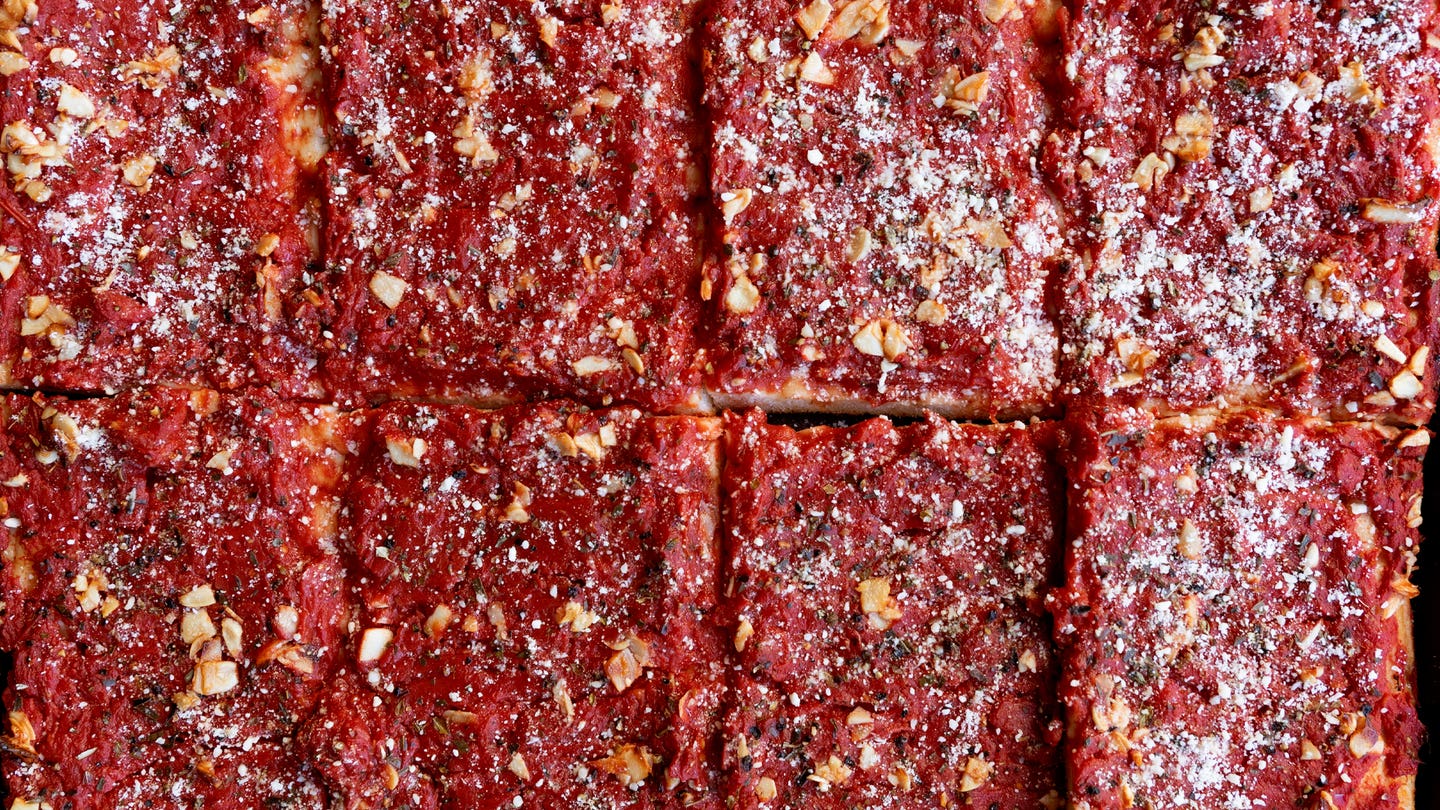
How Many of the World’s Great Yogurts Do You Know?
There’s a lot more than labneh and the Greek stuff
The word yogurt comes from Turkish, but the food is near universal and—according to some researchers—partially responsible for converting Stone Age societies into the first urban civilizations. As cities spread around the world, so, too, did yogurt, turning up all over Asia, Africa, Europe, and eventually the Americas. A tasty, nutritious snack and advancer of society? Basically the perfect food, if you ask me.
Depending on where and when you grew up, though, what yogurt is—and how it's served—varies widely. Growing up on the West Coast of the U.S. in the ‘80s, my health-conscious parents kept me frightened of the stuff through their allegiance to fat- (and, often, flavor-) free versions with sickly-sweet “fruit on bottom” that had to be stirred in. Thankfully, at some point I was introduced first to the rich, creamy French style of yogurt, then thick Greek versions, before delving into the entire rest of the world of yogurt.
While, at least in the U.S., you’d have to be living under a rock to have missed out on Greek yogurt’s meteoric climb, it’s closely followed by oh-so-many-more different styles of yogurt around the world.
Vietnam: Sua Chua
While the most famous culinary vestige of the French occupation of Vietnam is the banh mi, they also left behind some sour milk. That's the literal translation of sữa chua, Andrea Nguyen says, of the "delicately tangy-sweet" version she remembers from her childhood in Vietnam on her blog Viet World Kitchen. The tropical adaptation uses condensed milk, keeping light and sweet.
“My mom never cared much about controlling the temperature for incubation,” Nguyen notes, now that she makes her own fresh-milk version. “She just put the milk outside in the Saigon heat. I remember it sometimes came out really tart but we ate it anyway.”
Bulgarian-Style Yogurt
Traditionally made from sheep’s milk, Bulgarian yogurt is thinner than Greek, a double zinger of tangy and tart. The yogurt is a distinct source of pride for the Balkan nation, whose seven-million people consume 400,000 tons of yogurt each year.
As with many foods, there are a number of origin stories for yogurt, but Bulgarian legend pins its invention on shepherds putting milk into lambskin bags carried close to their person. Their body heat caused the milk to ferment, and thus created yogurt. Whether that actually happened, who knows, but a Bulgarian scientist (Stamen Grigorov) was definitely the one who identified the bacteria used in almost all yogurt around the world—that's why it's called Lactobacillus bulgaricus.
Scandinavia: Viili
Originating in Sweden and beloved in Finland, this version is one of the few yogurts that doesn't use the Bulgarian bacteria mentioned above. Instead, this "ropy milk of Scandinavia" (as per the Nordic Food Lab) uses specific bacteria which impart a texture most often identified as slime. But the good kind of slime, obviously—other sources describe it as reminiscent of Nickelodeon Gak, which will make any child of the '90s rush out to make it.
South Africa: Amasi
In his memoir, Long Walk to Freedom, Nelson Mandela tells of nearly being caught hiding out in a white part of town because he left his amasi fermenting on a windowsill. The Southern African yogurt, traditionally fermented in ash-smoked gourds, is usually thinned and has a sour taste that is "an acquired profile for some," says South African food and culture journalist Ishay Govender-Ypma.
“We lived near Durban on the east coast and the local Zulu people drank it frequently. They still do,” she explains. She describes her mother using it to make dahi (raita) to go with biryani, or to bake yogurt-based cakes and breads: “My mother also served it sweetened with sugar, smoothing the cottage cheese lumps with a fork."
Swiss Yogurt
Another yogurt that has made the jump into American supermarkets, the Swiss version is stirred, rather than strained, resulting in a silky-smooth, but not very thick texture best for eating—as the Swiss do—plain, with muesli or fruit mixed in.
Iceland: Skyr
Skyr is hot on the tail of Greek yogurt in popularity in the U.S., but like quark (see below), it's not technically a yogurt—its deep, dark secret is that it's actually a cheese. But the yogurt-like cheese is naturally just barely sour, barely sweet, and mostly cool, rich, and admirably thick—which appeals to Greek yogurt lovers looking to step up the girth of their spoiled milk. It's also made with skim milk, making it naturally fat-free, but not in the flimsy, flavorless ways of my childhood.
It also, apparently, makes a good weapon: in 2016, when the Prime Minister of Iceland’s name appeared in the Panama Papers, Icelandic people through containers of skyr at the government building.
Germany: Quark
Like skyr, quark is technically a cheese, not a yogurt, but its texture and uses are similar enough that it’s often called “yogurt cheese.” But unlike most cheese, it’s smooth and creamy, made so by stirring the curds rather than letting them set.
Because it’s not technically a yogurt, it is much less tangy, without the hints of souring, making it easy to flavor and eat as you like, but also perfect for baking with—and it makes a mean cheesecake.
Ethiopia: Ayib
As a kid, Lebawit Lily Girma, an Ethiopian-American travel writer and photographer, had a very low tolerance for spice. "Ayib (Amharic for yogurt) was always a happy sight," she says, as it would temper the heat of spicy stews like doro wot. "I love spicy now," she says, but still wouldn't eat wot without ayib, because it's just a better match."
To eat it, she describes, “You cut a piece of the injera with your fingers. You use that piece of injera in your fingers (right hand), to scoop up a bit of stew with it and then a bit of yogurt (at the same time). Then you eat it together. This helps neutralize a little bit of the spiciness in the stew, and the tangy taste to it all. It's like the perfect pair.”
Chinese Yogurt
In Beijing, rows and rows of small jars with blue and white paper lids sit for sale around the city, hard to miss. "It's an incredible staple in Northern China," describes food writer Clarissa Wei of Beijing yogurt.
The thinner texture of the yogurt, she explains, comes from the process: unlike the super-thick trendy Western yogurts, the Beijing style is never stirred. The result is tart, a touch sweet, and drinkable—if you purchase one of the ubiquitous jars, you’ll also be handed a straw, not a spoon, with which to consume it.
Mongolian Yogurt(s)
Another yogurt-origin legend (one promulgated by Alton Brown on Good Eats) says that it came from nomadic Mongolians riding with mare's milk in their saddlebags. This one has all but been proven wrong, but yogurt, filed under "white foods" of Mongolia, remains quite popular and also quite varied, including various forms of tarag, which is made from the milk of cows, yaks, sheep, or goats, and koumiss, which comes from fermented horse milk.
Because of dairy's ubiquity, there's no one kind of yogurt—sweet, tart, served with mutton, or even sun-dried as aaruul, which are like chips made of yogurt.
Iran: Doogh
Yogurt has a rich (pun intended) tradition in the Middle East, from thick strained labneh (a similar product to Greek yogurt) to refreshingly herbed yogurt soups, but Italy-based Iranian-American food writer and tour guide Coral Sisk favors a drink called doogh, which she describes as a salty yogurt drink sometimes called "the Coke of Iran."
Plain, carbonated, or served with dried mint, the drink accompanies most meals, but particularly a sweet called "zoolbia bamieh" fried flat pieces of doughnut pastry accented with rose water & saffron. "Doogh was special to me because as an adult," says Sisk, "it served as a sort of bridge to Middle-Eastern culinary identity. It was a familiar habit which imparted a sense of culinary belonging during travels in Iran and Turkey."
Keep Reading
Continue to Next Story











